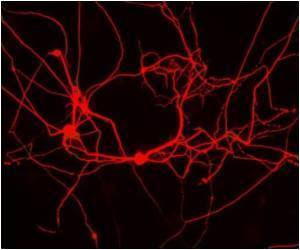Stem cell scientists are facing questions over mature cells whose DNA is reprogrammed so that they grow with youthful vigour into new cells.

In 2010, scientists announced they had been able to wipe out the DNA programming of mature (also called adult) cells, yielding versatile stem cells that would be the raw material for organ-specific cells.
That announcement sparked great excitement.
These reverse-engineered cells seemed to look and act as an alternative to stem cells from human embryos -- a miraculously potent but controversial and limited source.
But the new study, published in Nature on Thursday, suggests the hoped-for substitute, induced pluripotent stem cells (iPSCs), does not become a completely blank slate, as thought.
Instead, peripheral parts of their code are riddled with indelible marks, "a consistent pattern of reprogramming errors," its authors said.
Advertisement
"So we need to know whether -- and if so, how -- iPSCs differ from embryonic cells."
Advertisement
Moreover, these reprogramming quirks were passed on when iPSCs were then coaxed into a more specialised cell type.
The signatures are not found at the core level of the gene, but in a peripheral zone called the epigenome. This is essentially the switching system that turns genes on or off and determines their level of activity.
In the study, researchers scrutinized well-known epigenetic elements called methylomes, comparing embryonic stems cells and iPSCs.
At first glance, the patterns were nearly identical.
"But when we started to dig deeper, we discovered significant differences," said Ryan Lister, also at the Salk Institute.
The experiments revealed that the newly-generated stem cells maintained traces of their origins. An iPSC derived from a fat cell, for example, still showed residual signature patterns in its methylation.
Moreover, regardless of their origins, the iPSCs all showed that a region of DNA called telomeres and centromeres proved resistant to reprogramming.
Telomeres are protective "caps" on the end of chromosomes, and play a key role in ageing and longevity. Centromeres, found near the axis of a chromosome, are involved in cell division.
The new work added to previous research that shows iPSCs are indeed different from embyronic stem cells.
It did not explore, though, whether the "hotspots" hamper the cell's ability to replicate or become a new cell type, which are questions of vital importance.
"We can tell by looking at these hotspots whether a cell is an IPS cell or an embryonic stem cell," said Ecker. "But we don't know yet what it means for their self-renewal or differentiation potential."
Source-AFP








